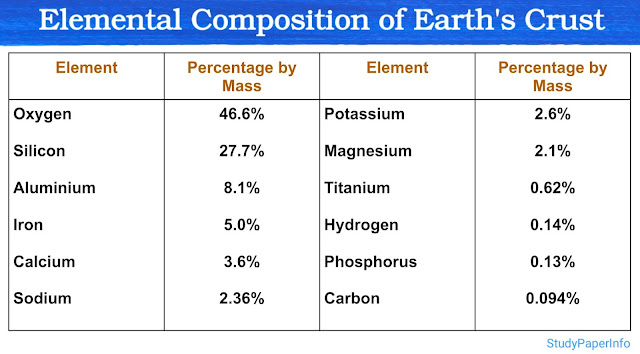Solenoid Model
The solenoid model is a well-known hypothesis that explains the secondary level of DNA packaging in eukaryotic cells. After the primary level of compaction, where DNA is wrapped around histone proteins to form nucleosomes, further folding is required to fit the large eukaryotic genome inside the nucleus. In 1976, scientists Finch and Klug proposed the solenoid model to describe how nucleosomes organize into a higher-order helical structure known as the 30 nm chromatin fiber. This model plays a crucial role in making chromatin more compact, yet still accessible for essential processes like replication and transcription.
Structure
In the solenoid model, nucleosomes are arranged in a spiral or helical fashion forming a hollow tube-like fiber. About six nucleosomes are present per turn of the solenoid. The linker DNA, which connects each nucleosome, bends in such a way that it helps the nucleosomes to pack closely. Histone H1 is very important in this model as it binds to the linker DNA and stabilizes the folding. The overall diameter of this fiber is around 30 nanometres and this folding leads to a much more condensed form of chromatin compared to the "beads on a string" structure.
Functions
The solenoid model is important for several reasons:
- Efficient DNA Packaging: It helps in compacting the long DNA strands so that they can fit inside the limited space of the nucleus.
- Regulation of Gene Expression: The coiling influences the accessibility of DNA to transcription factors, playing a role in gene regulation.
- Support during Cell Division: The compact structure is essential for the proper segregation of chromosomes during mitosis and meiosis.
- Protection of Genetic Material: The coiled arrangement provides mechanical protection to the DNA from damage.



Comments
Post a Comment